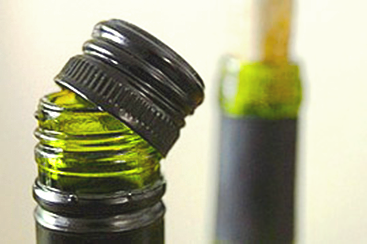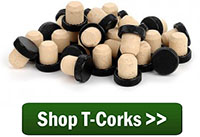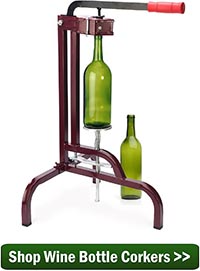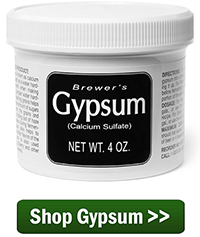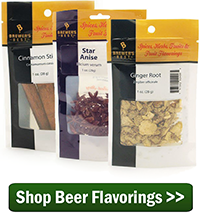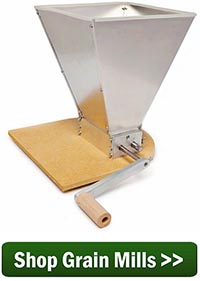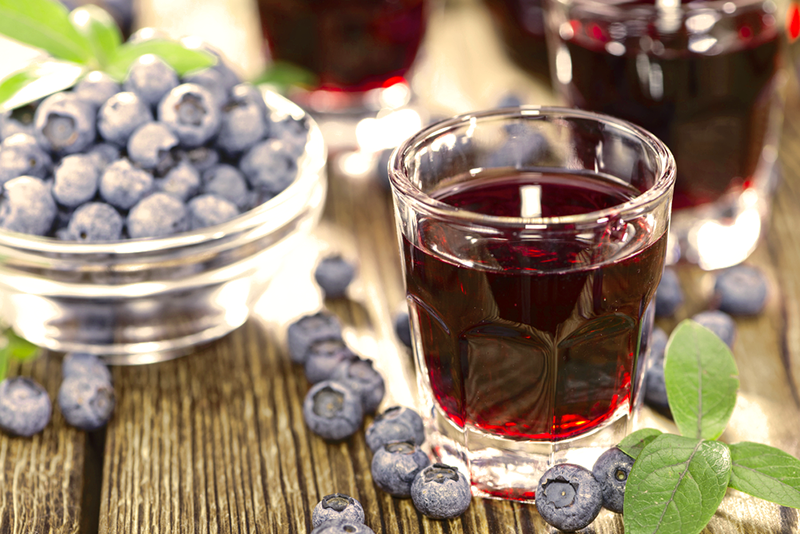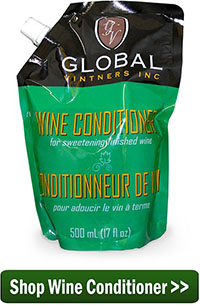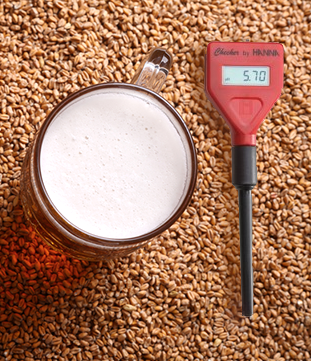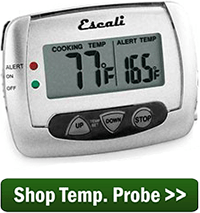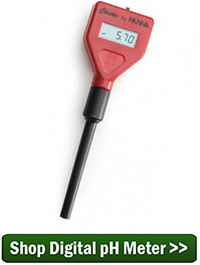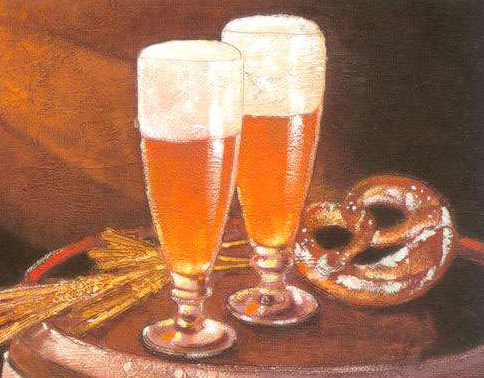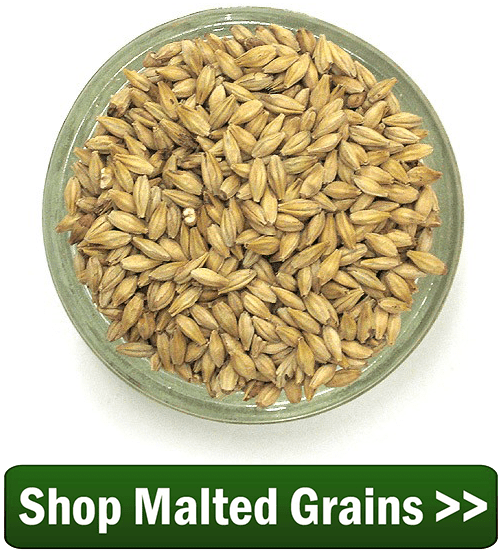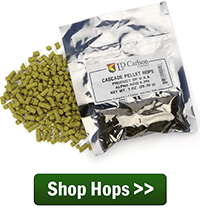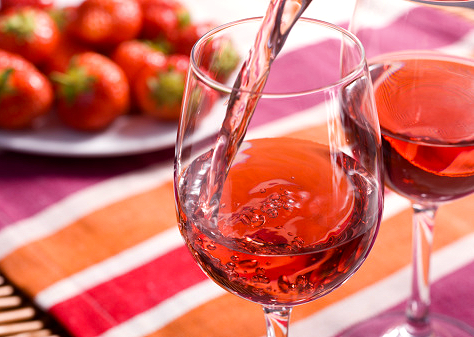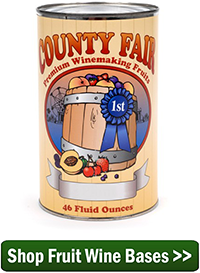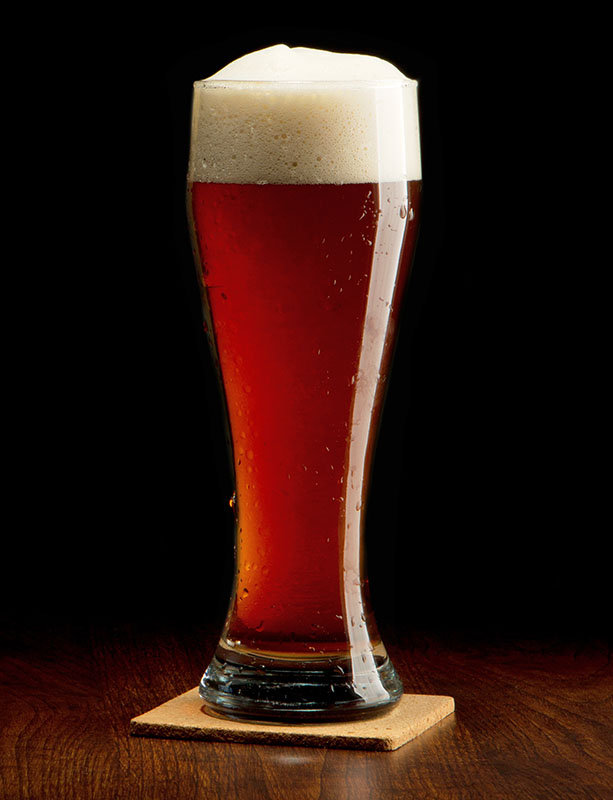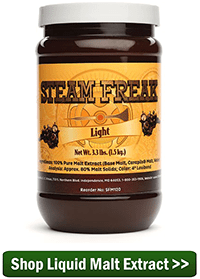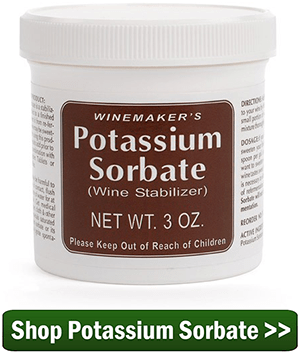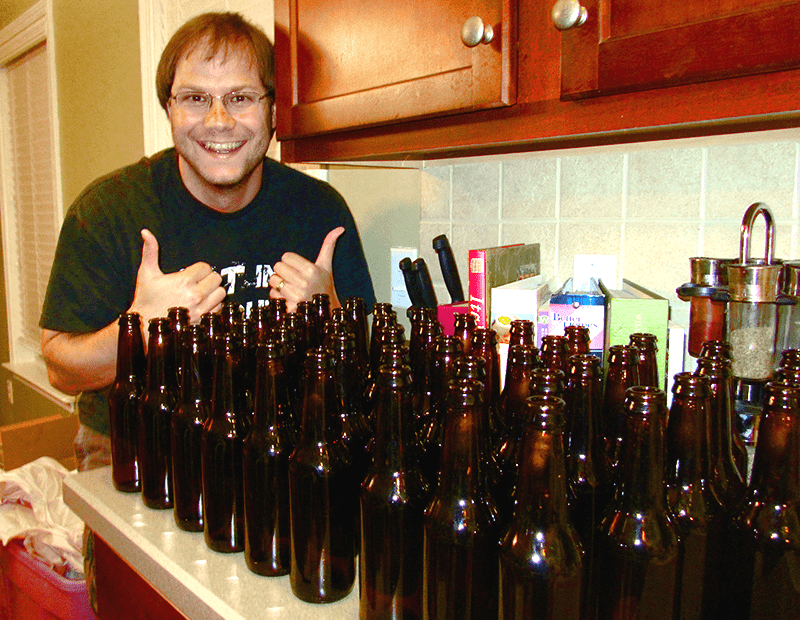 After a long, dreary winter, I for one as a homebrewers can’t wait to get out of the house in the spring time and fire up the brew kettle. What do homebrewers brew in the spring? Generally some lighter-bodied beers that exemplify the qualities of the spring season. As if to salute the growing season, these beers tend to showcase the lively flavors of floral hops and fruity yeast varieties.
After a long, dreary winter, I for one as a homebrewers can’t wait to get out of the house in the spring time and fire up the brew kettle. What do homebrewers brew in the spring? Generally some lighter-bodied beers that exemplify the qualities of the spring season. As if to salute the growing season, these beers tend to showcase the lively flavors of floral hops and fruity yeast varieties.
Below are some of the best beer styles for brewing this spring:
- Saison – Saison is a dry, Belgian-style farmhouse ale typically characterized by fruity and spicy flavors from the use of estery Belgian ale yeast and spices like coriander. Many versions use specialty grains, like oats, wheat, and rye, and can range from a sessionable 4.5% ABV up to 7% or higher. Sometimes honey or sugar are added to help achieve a dry finish. High carbonation and sprightly acidity make saison a supremely refreshing beer to brew in the spring.
- Bière de Mars – It’s not too late to pull off this high-gravity cousin of the saison this spring. Bière de Mars is a malt-forward Franco-Belgian ale with notes of toffee, dry, fruity flavors, and minimal hop aroma. Like saison, Bière de Mars may utilize adjunct grains, sugar, and spices to achieve the appropriate style characteristics. It’s a no-brainer for spring time brewing.

- Maibock – Maibock, or “May bock”, is Germany’s answer to spring weather. It’s a higher-gravity lager just like traditional bock, but paler and a little more bitter. Check out Growler Magazine for a wonderfully simple maibock recipe.
- Rye Pale Ale – Like barley, rye is a cereal grain that can be used in making beer. It’s often added in smaller doses to contribute a subtle spicy notes to pale ales, IPAs, and sometimes Beglian-style beers. Try this clone of Terrapin Brewing Company’s Rye Pale Ale.
- Tripel – Belgian Tripels are the true champagne of beer. Bright, golden, effervescent, with notes of fruit and spice, triples are high-gravity Trappist-style beers that showcase the complexity of Belgian ale yeast. Try a Belgian Tripel recipe kit or try this Westmalle Tripel clone when brewing this spring.
- Belgian Witbier –
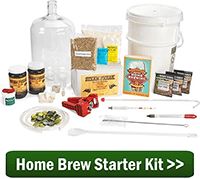 Belgian wit, or white beer, is the perfect beer for drinking the spring sunshine. Brewed in the style of Hoegaarden or Allagash White, witbier is a sessionable beer at just 4-5% ABV. The color is very pale, often cloudy and creamy due to the use of oats and wheat. Citrus peel and coriander make the beer bright, fragrant, and refreshing. Try the Brewer’s Best Witbier kit or Blue Noon, a clone of the ever-popular Blue Moon.
Belgian wit, or white beer, is the perfect beer for drinking the spring sunshine. Brewed in the style of Hoegaarden or Allagash White, witbier is a sessionable beer at just 4-5% ABV. The color is very pale, often cloudy and creamy due to the use of oats and wheat. Citrus peel and coriander make the beer bright, fragrant, and refreshing. Try the Brewer’s Best Witbier kit or Blue Noon, a clone of the ever-popular Blue Moon.
These are some of my favorite beers for brewing in the spring – what’s your favorite spring time brews?
—–
David Ackley is a beer writer, brewer, and self-described “craft beer crusader.” He holds a General Certificate in Brewing from the Institute of Brewing and Distilling and is founder and editor of the Local Beer Blog.

